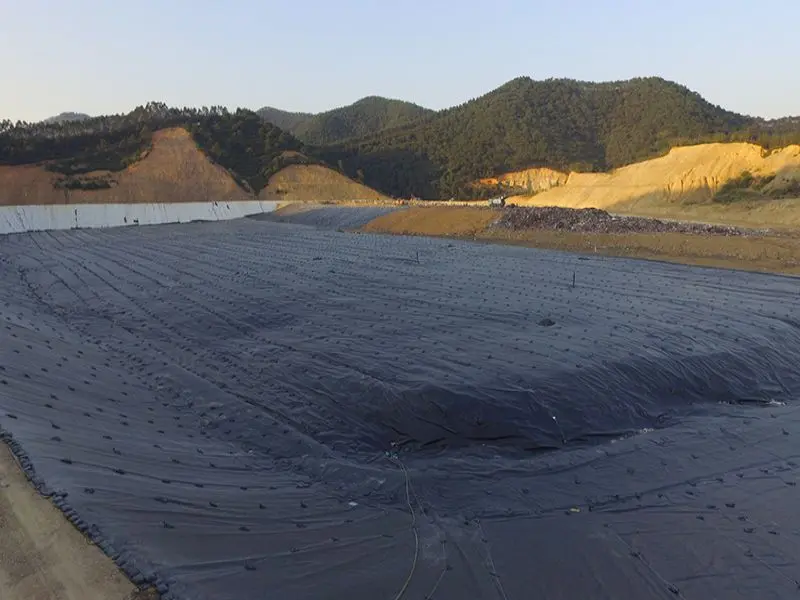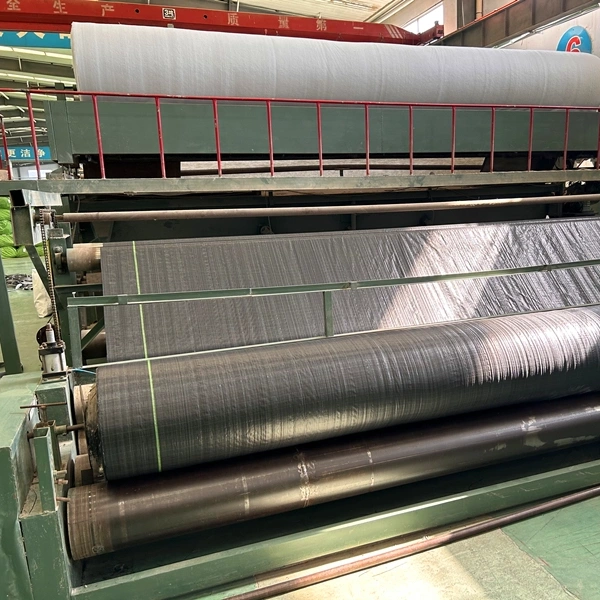The Geosynthetic Clay Liner (GCL), also known as an anti-seepage blanket, is a versatile material with applications in various fields due to its excellent hydraulic barrier properties. Here are common fields where GCL can be applied:
Landfills:
GCLs are often used as part of liner systems in landfills to prevent leachate from contaminating the surrounding soil and groundwater.
Containment ponds:
GCLs can be employed in containment ponds for wastewater, stormwater, or industrial runoff to prevent leakage into the surrounding environment.
Mining and tailings management:
GCLs are utilized in mining operations to line tailings storage facilities and prevent the release of potentially harmful substances into the environment.
861038.webp)
Secondary containment for fuel storage:
GCLs are used to line containment areas around fuel storage tanks to prevent leaks and spills from contaminating the soil and groundwater.
Landfill caps:
GCLs can be used in conjunction with other materials to cap closed landfills, providing a barrier to prevent rainwater infiltration and minimize leachate generation.

Environmental remediation:
GCLs may be employed in environmental remediation projects to isolate contaminated soil or groundwater and prevent further migration of pollutants.
Road and railway construction:
GCLs can be used as part of drainage systems beneath roads and railways to prevent water infiltration and maintain stability.
Erosion control:
GCLs can be used in erosion control applications to stabilize slopes and prevent soil erosion.
These are just a few examples of the diverse applications of geosynthetic clay liners (GCLs) in civil and environmental engineering projects. The versatility of GCLs makes them a valuable solution in a wide range of applications where effective containment, water management, and environmental protection are essential.
693.webp)
921.webp)


503.webp)
759.webp)
927.webp)

109.webp)